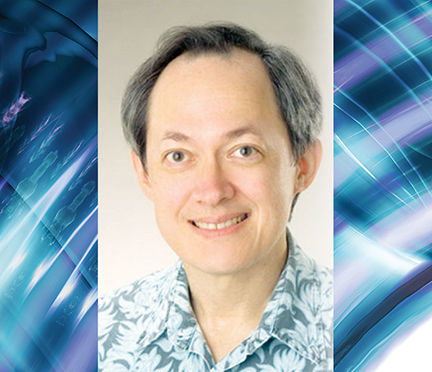Recently the mayors of our four large counties all got together in what has been described as their annual pilgrimage to the Legislature. One of their priorities for the year is to obtain the ability to impose a tax surcharge
Recently the mayors of our four large counties all got together in what has been described as their annual pilgrimage to the Legislature.
One of their priorities for the year is to obtain the ability to impose a tax surcharge on the general excise tax, up to one percent. And the Honolulu mayor talked about having the ability to make permanent the 2 percent surcharge that he now has. In other words, rail gets done but the Honolulu surcharge remains.
Not to worry, said the four mayors, because none of us has any intention to impose any additional tax. Not yet. They just wanted to have it in their toolbox so they can bring it out if the going gets tough.
It sounds like the kids asking Mom and Dad to buy them guns. They have no intention to shoot anyone now, but if the going gets tough later on they might whip them out.
To paraphrase one legislator, if someone does get shot, won’t the public also blame whoever gave them the gun? We also need to remember that a few years down the line we will, inevitably, have different mayors who will not be bound by the promises of his or her predecessors.
Sometimes the past can give us an idea of what might be in store if this happens. Other than the rail surcharge, there is an incident in recent history where the counties were given taxing authority. Public utilities pay a special tax that is a blend of general excise and real property taxes. It is imposed at a rate ranging from 5.885 percent to 8.2 percent of gross revenue, depending on the utility’s profitability. The counties argued that they deserved a share of it because the real property tax became theirs after the 1978 Constitutional Convention amendments. In Act 64 of 2001, which implemented a deal that the state and counties then made, the state took 4 percent B the same as the general excise tax B and left the rest to the counties. Well, it is now 2014. It has been over a decade and only one of the four counties even has a form to report this tax. If you are a utility asking any of the other three counties about this tax, the answer you will get it is, “Please calculate it yourself, and send us the calculation and, of course, a check.” Excuse me? If this tax was worth the trouble to put on the boxing gloves and climb in the ring with the legislature about, why isn’t it worth giving the customer service needed to enable taxpayers to comply with it? Doesn’t it make you think that more and larger problems will be coming down the tracks if the counties are given more taxing authority?
Maybe the counties’ answer to this argument is that it won’t be a problem. Like the Honolulu surcharge, all they need to do is enact the tax and collect the money because they can rely on the department of taxation to do everything in between, such as customer service, collection, revenue accounting, and detection and prosecution of scofflaws. If so, the state can’t be expected to do all of this for free. Right now they are keeping 10 percent of the surcharge amount to do all of this, and that may be justifiable considering all of the work involved.
One more thought. If Mom and Dad give taxing authority to these four kids, it won’t be long before others come out of the woodwork wanting some too.
The state department of education comes to mind, as several times over the years they also have been asking for taxing authority. What’s next? Airport assessment districts? Historical redevelopment districts? Coqui frog abatement districts?
Our recommendation — don’t go down this path! Keep a lid on it. We have enough problems with the system we now have and we don’t need to complicate everyone’s lives further.
• Tom Yamachika is interim president of the Tax Foundation of Hawaii.


